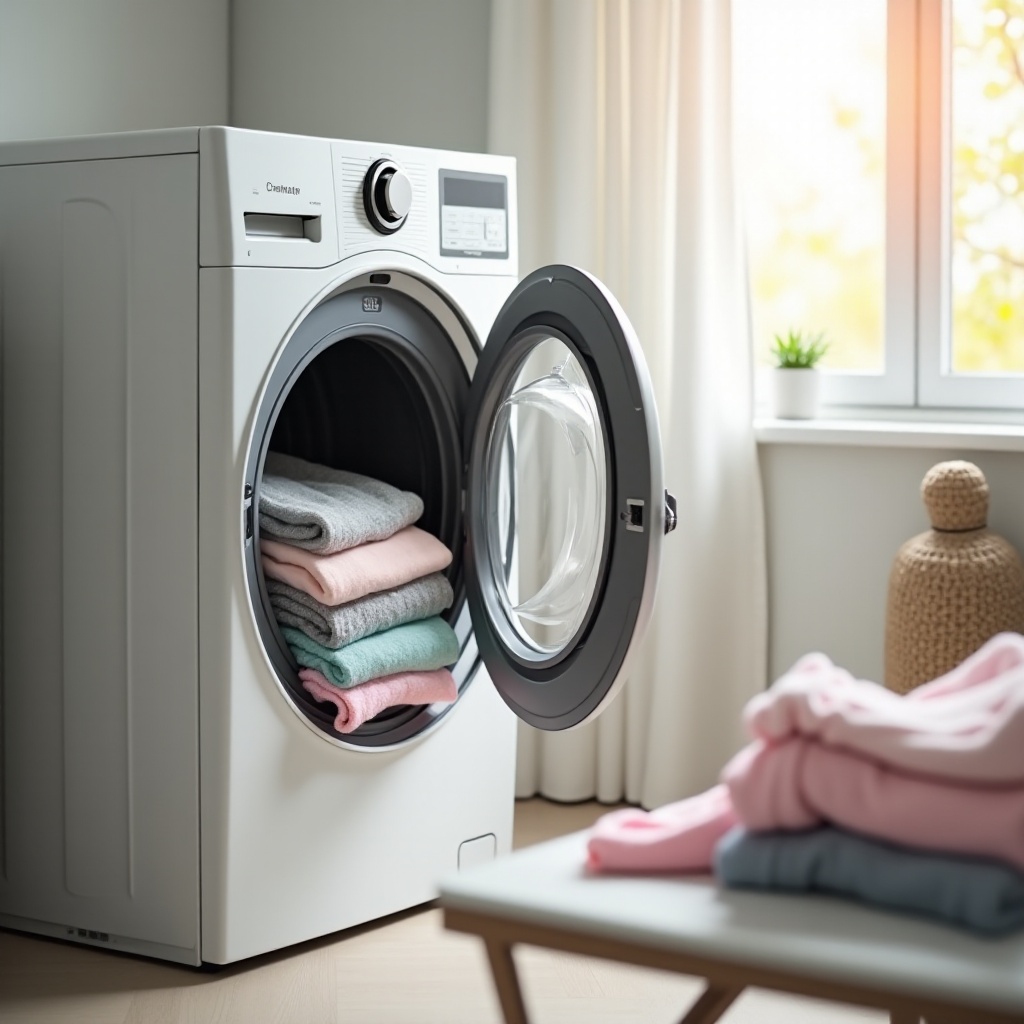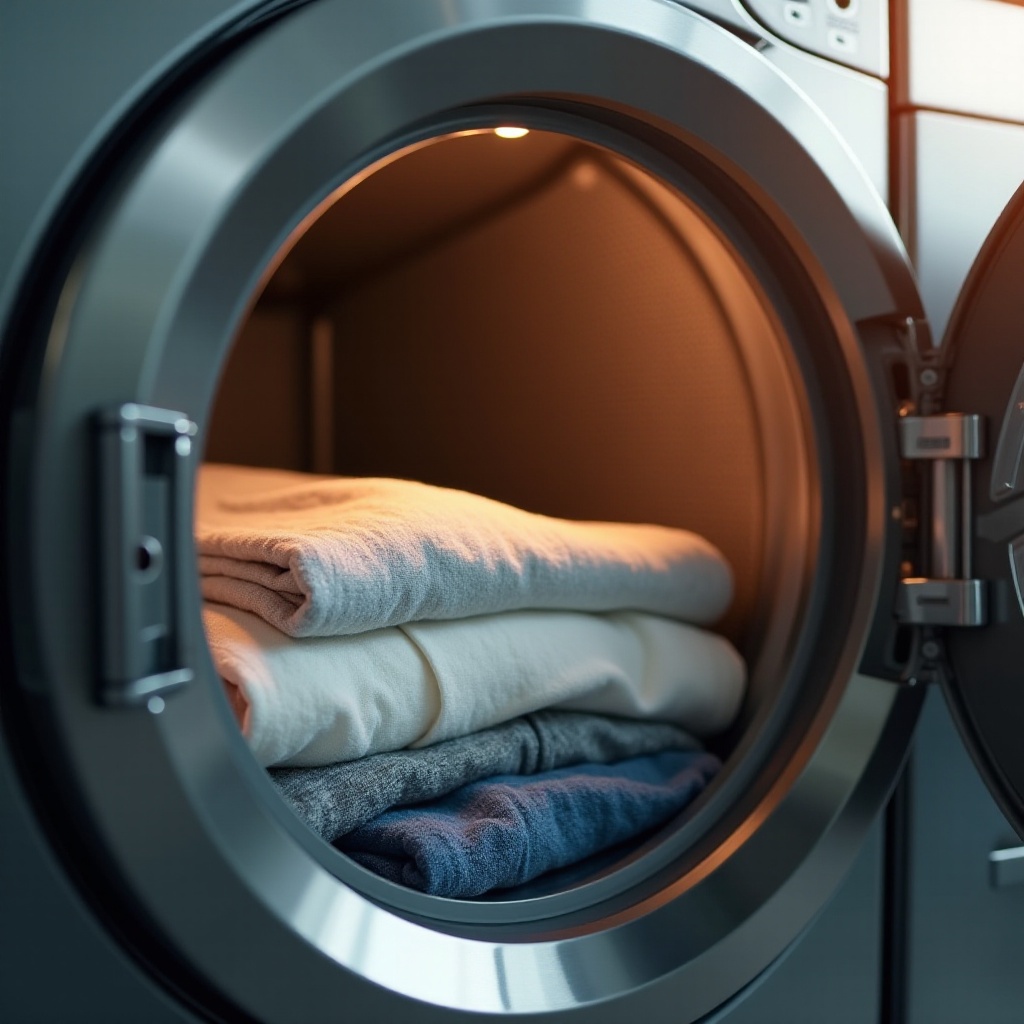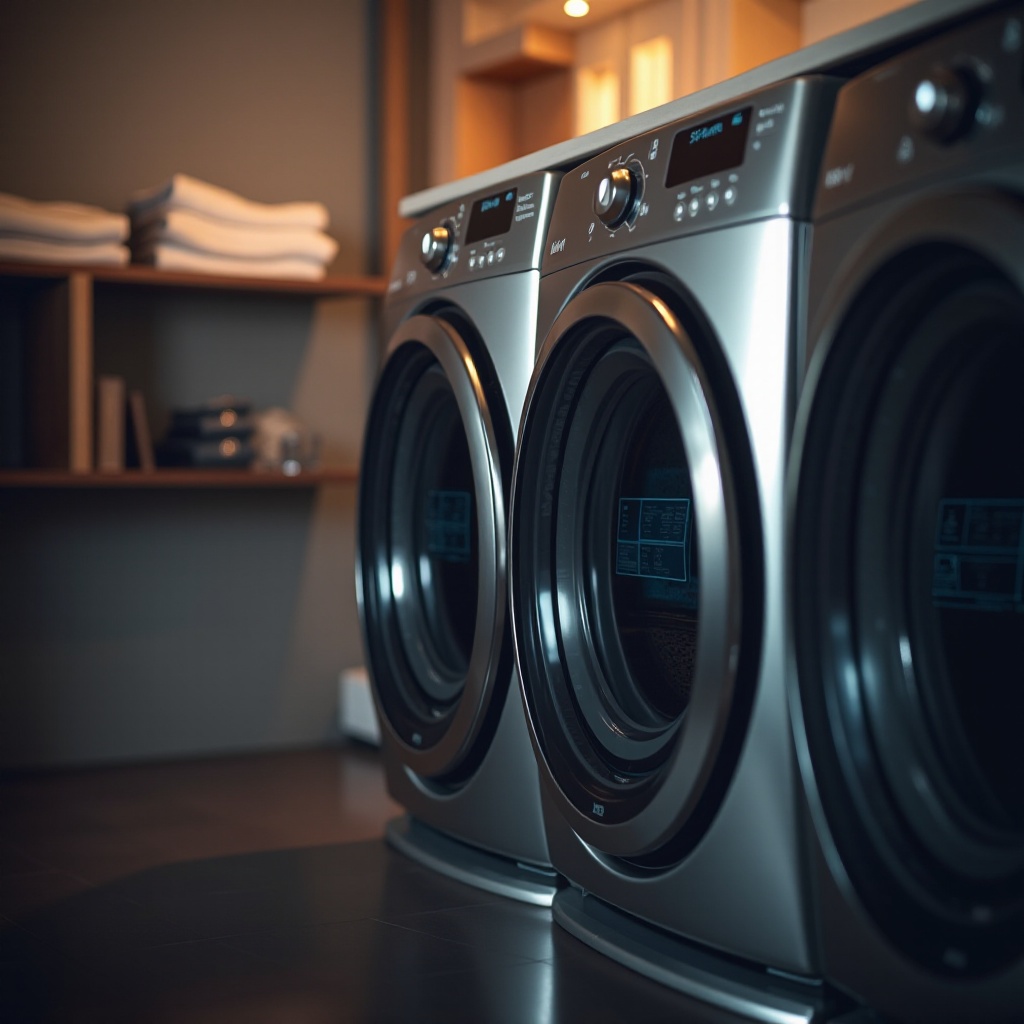Introduction
Dryers make life easier, but improper use can lead to clothes being scorched, which not only ruins the fabric but can also be a costly mistake. Understanding the reasons behind this problem and adopting preventative measures can save your garments and wallet. Here, we dive into the causes of dryer scorching and provide actionable solutions to protect your clothes effectively.

Why Clothes Get Scorched in the Dryer
Understanding the reasons behind clothes being scorched is crucial to preventing it.
Mismanaged Heat Settings: Often, people select high heat settings regardless of fabric type. High temperatures can damage delicate fabrics, causing scorching. Familiarize yourself with the appropriate settings for various materials, opting for lower heat for synthetics.
Mechanical Malfunctions: A malfunctioning thermostat or a blocked vent can cause overheating, leading to scorched clothes. Regular inspection of these components is essential to prevent such issues.
Overloading: Overloading the dryer is a typical error. When a dryer is packed too tightly, it hampers air circulation. This can cause clothes to come into direct contact with the heating element, resulting in scorch marks. Make sure to leave enough space for proper air circulation.
By recognizing these causes, you can easily identify potential warning signs of dryer problems, allowing you to take preventive measures swiftly.

Identifying Signs of a Potential Dryer Problem
Noticing early warning signs of dryer issues is key to safeguarding your garments.
Noise and Smell Alerts: Unusual sounds or burning smells coming from your dryer are red flags indicating possible overheating or malfunctions.
Cycle Anomalies: If the dryer cycle takes longer than usual, it could be a sign of vent obstruction or failing internal components. Check the lint filter and clean it, or consider professional servicing if needed.
Awareness of these indications triggers quick responses, significantly reducing the risk of clothes being scorched. Once you recognize these signs, it's time to explore preventive strategies to curb future issues.
Preventive Measures to Avoid Scorching
Implementing some straightforward practices can ensure your clothes remain scorch-free.
Maintenance: Clean the lint trap after every load to promote efficient airflow. Schedule regular cleaning of the dryer vent system to prevent potential blockages.
Loading Techniques: Avoid overcrowding the dryer to guarantee even air distribution. Ensure the drum is filled, but not packed, to enable thorough tumbling and drying.
Appropriate Heat Settings: Always consult the care label on fabrics to pick the correct dryer setting. Utilize low temperatures for delicates and synthetic fabrics to prevent scorching.
Following these measures should minimize drying mishaps and optimize the performance of your appliance. If issues persist, consider the following solutions.

Solutions for Scorched Clothes
If your clothes do end up scorched, there are methods to address the issue.
Immediate Actions: First, remove the scorched garment from the dryer and allow it to cool. Wash it in cold water to halt further damage. Minor burns may lift by gently rubbing them with a cloth moistened in white vinegar or lemon juice.
Repairs or Replacements: Regular scorching might necessitate professional diagnostics. Often, a faulty thermostat or heating component needs replacing. If repairs are frequent, exploring newer and more reliable dryer models could be worthwhile.
Effective solutions emphasize both immediate remediation and long-term prevention. Next, consider how careful dryer selection and thoughtful usage can enhance your garment care.
Recommendations for Dryer Selection and Usage
Selecting the right dryer and employing practical usage habits can greatly decrease clothing damage.
Model Features to Consider: Choose dryers with advanced temperature control, moisture sensors, and auto-cool functions to help prevent overheating.
Energy-efficient Choices: Opt for energy-efficient dryers that operate at lower temperatures, which are gentler on fabrics and lower utility costs.
Sustainable Practices: Air-drying heavy clothes can reduce strain on the dryer. Investing in drying racks for delicate items also helps minimize scorching.
These recommendations not only protect your apparel but also promote sustainability and efficient appliance use.
Conclusion
Grasping why dryer scorching occurs and adopting preemptive strategies are key to maintaining both your garments and appliance. Regular maintenance, careful monitoring for warning signs, and informed drying settings ensure your clothes remain in excellent condition without the threat of scorching.
Frequently Asked Questions
How often should I clean my dryer to prevent scorching?
Clean the lint trap after each use and the vent system twice a year to ensure efficient airflow and prevent overheating.
What fabrics are most susceptible to scorching in the dryer?
Delicate fabrics like silk and synthetics, such as polyester, are more prone to scorching. Always use low heat settings for these materials.
Can dryer sheets contribute to clothes scorching?
Yes, excessive use of dryer sheets can leave residue that diminishes fabric heat resistance, increasing the likelihood of scorching. Use them sparingly.
